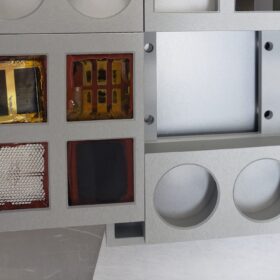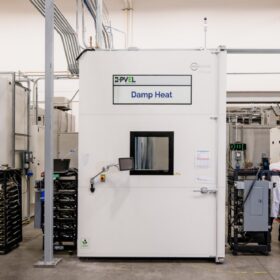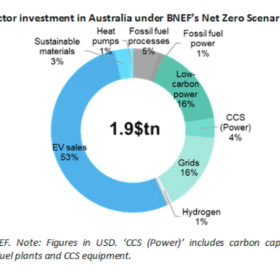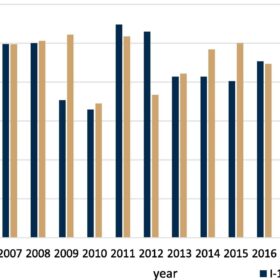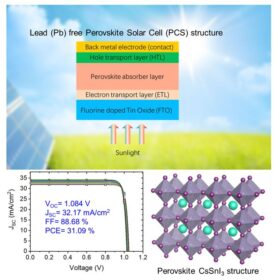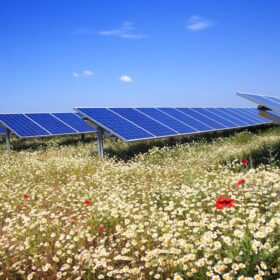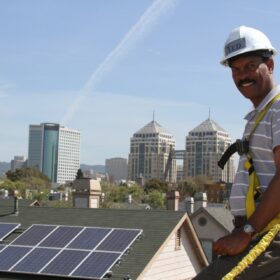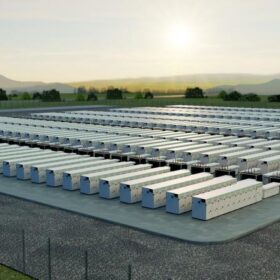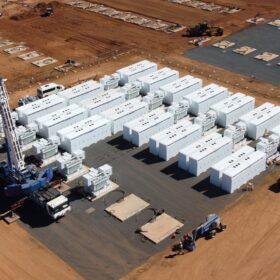Weekend read: the cells of the future
The annual SiliconPV Conference came to TU Delft in the Netherlands in April, and offered an important health check for the science and technology behind solar energy. pv magazine was on site to hear the latest from researchers reaching for higher efficiency through tandem cells and other innovations; looking to understand and mitigate cell degradation mechanisms; and working to cut down solar technology’s consumption of rare and expensive materials.
NASA makes unusual discovery while testing perovskite solar cells in space
US space agency NASA has discovered that perovskite solar cells tested in space exhibit less degradation than reference devices tested on Earth. The agency acknowledged that it is uncertain about the specific factors in the space environment that contributed to the superior performance of the perovskite absorber film.
PV Module Reliability Scorecard released by PVEL
2023 Scorecard names 250 types of solar modules from 35 manufacturers as Top Performers.
To be a hydrogen superpower, Australia requires 812 GW of renewables by 2050, BNEF says
To reach net zero by 2050, Australia will need 300 GW of wind and solar, and $413 billion (USD 2.72 billion) of investment, according to BloombergNEF. To reach hydrogen superpower status, that figure balloons to 812 GW of renewables and $739 billion of investment.
Researchers assess degradation in PV systems older than 15 years
Scientists have used the US National Renewable Energy Laboratory’s (NREL) HOMER software to calculate the degradation of solar panels deployed in two rooftop PV systems operating in Germany since 2003. Their calculations focused on the energy productivity of the systems.
New model to assess levelised cost of hydrogen in PV-powered electrolysis
Scientists in Singapore have developed a methodology to calculate the levelised cost of hydrogen in green hydrogen facilities powered by photovoltaics, emphasising the need for a levelised cost of storage (LCOH) below USD 10/kg ($15/kg) to enable green hydrogen to compete with grey, blue, and orange hydrogen in the current technology landscape.
Perovskite solar cell design promises 31.09% efficiency
Chinese researchers have developed a solar cell using CsSnI3 perovskite, known for its unique phase transitions and near-IR emissions. By simulating the device with various electron transport layers (ETLs) and hole transport layers (HTLs), they determined that the optimal cell could be created using a titanium oxide (TiO2) ETL and a nickel(II) oxide (NiOx) HTL.
Building nature-friendly solar parks
Hungarian company SolServices has published a white paper outlining ways to make solar farms more compatible with nature and wildlife, from insects and amphibians to birds, bats, rodents and big game.
India’s green hydrogen demand to reach 2.85 MMT/year by 2030, says USAID
A new report from the South Asia Regional Energy Partnership (SAREP) of the United States Agency for International Development, better known as USAID, says India’s green hydrogen demand will reach 2.85 million metric tonnes (MMT) per year by 2030.
US solar installers list Qcells, Enphase as top brands
An industry survey led by SolarReviews and NABCEP found two-thirds of solar installers expect high electricity prices to drive demand.

